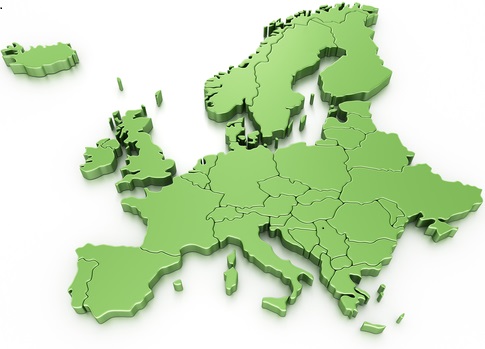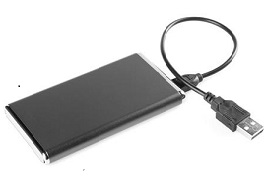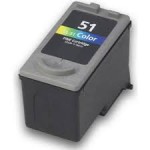Wir verwenden Cookies, um Inhalte und Anzeigen zu personalisieren, Funktionen für soziale Medien anbieten zu können und die Zugriffe auf unsere Website zu analysieren.
Sie können die erteilte Einwilligung jederzeit widerrufen. Weitere Informationen finden Sie in unserer Datenschutzerklärung.






